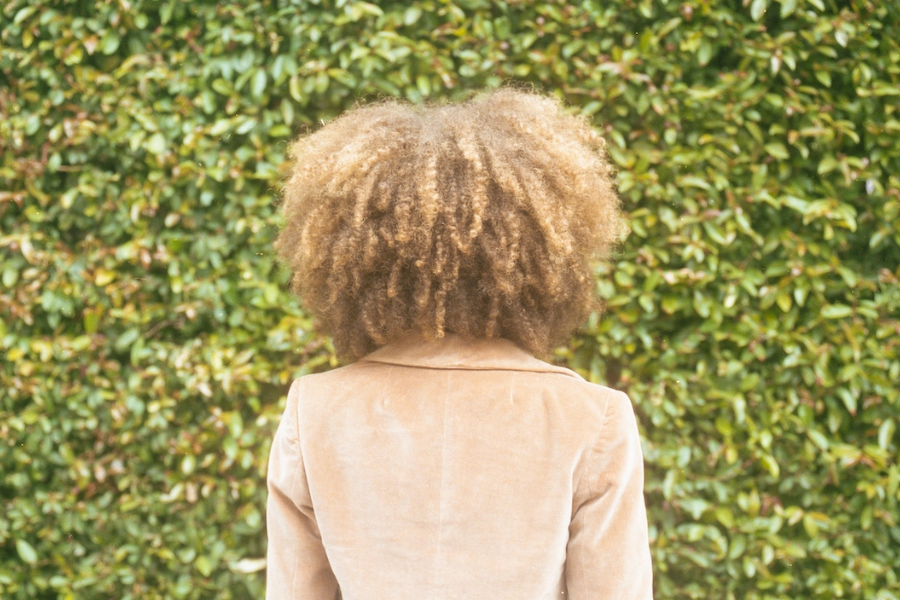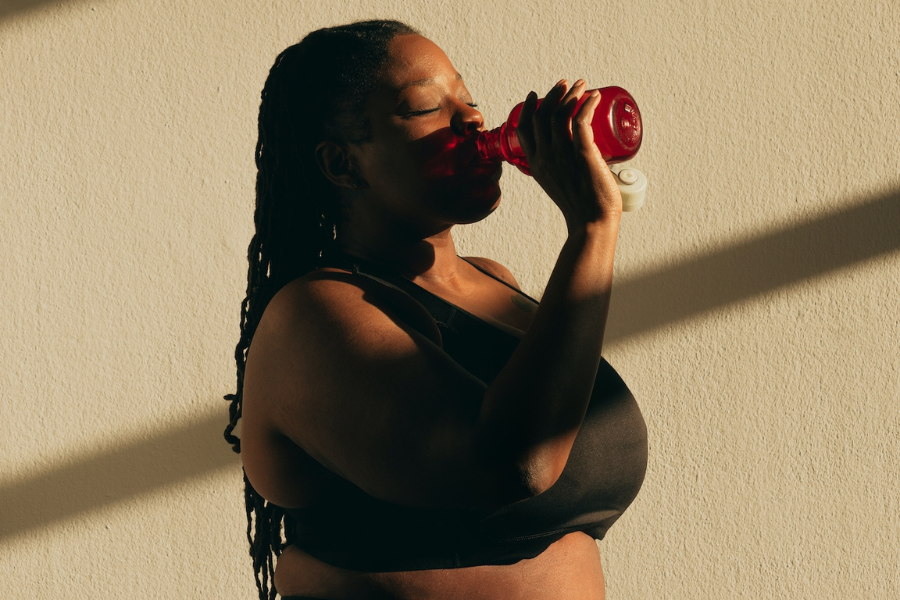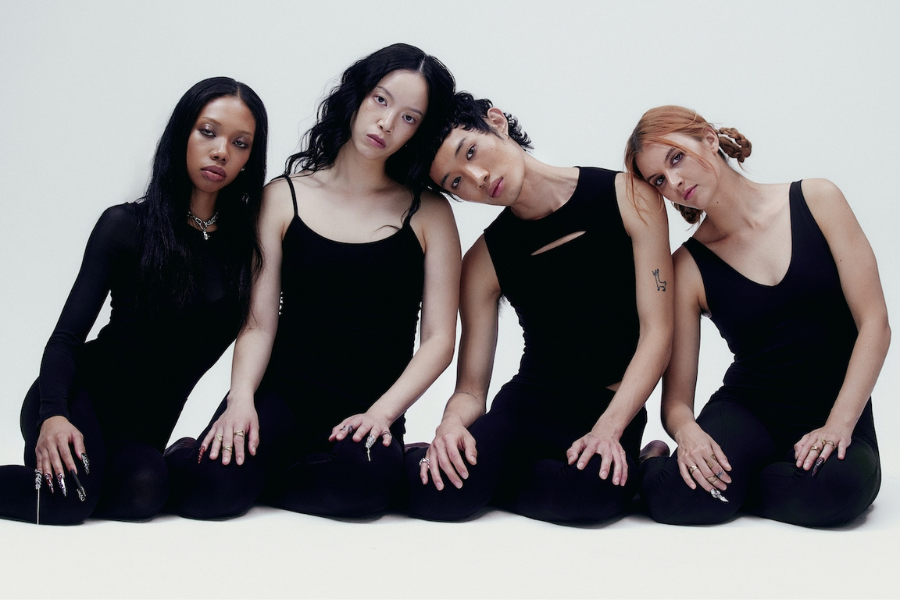Is Breakage Inevitable for Textured Hair?

Our hair tells a story. It’s a tale of heritage, resilience, and personal style. Yet, in the vast narrative of beauty, some pressures and ideologies influence women to alter their natural hair to achieve impossible beauty standards, which inevitably cause unnecessary stress. These pressures are not only causing stress to our strands; they are changing the stories our hair wishes to tell. We hide our heritage and resilience and allow personal style (that is often clouded by internalized oppression) to rule the narrative. We believe hair deserves a complete life cycle with maximum length retention. It should shed from your scalp naturally, but some say breakage is inevitable for textured hair because of these pressures and ideologies. So let's talk about it.
Hair Dye
Pop culture has long preached the idea that “blondes have more fun,” pushing a singular narrative of beauty. Blond hair is often a marker of beauty, youth, and purity. The problem is naturally blond hair only occurs in roughly 2% of the population worldwide. How can such a rare trait dominate beauty standards? While coloring hair can be a fun change, frequent bleaching brings its share of woes: chemical stress, brittle strands, and a heightened risk of breakage.
And it's not just bleaching that is harmful. The pressure is always on to darken grays as we get older. A silver streak is often seen not as a mark of wisdom but as a daunting reminder of age. This trope is fueled by a society that worships youth, sidelining older adults. As much as gray hair stands for experience, many feel pressured to continuously cover it up, exposing their locks to chemical stress and potential allergic reactions.
Heat Styling
Let’s face it. Society is obsessed with straight hair and deems it the pinnacle of beauty and the embodiment of a professional appearance. This biased perception, fueled and perpetuated by media portrayals, has ingrained an unspoken standard across many workplaces, subtly suggesting that deviation from this norm is less polished or acceptable. Such portrayals lead us to believe that textured hair, and by extension, the women who wear it, are difficult to manage or control, further deepening the rift in hair-based perceptions.
To conform to society's expectations, countless women worldwide have felt compelled to modify their natural hair texture. They frequently resort to heat treatments, such as flat irons and blow dryers, or more drastic measures, like chemical relaxers. While these methods can offer the desired straight look temporarily, they come at a significant cost. Over time, the consistent application of heat and chemicals can strip the hair of its natural moisture and elasticity, leaving it vulnerable to breakage, dryness, and overall damage. Recent class action lawsuits have determined some of these chemical straighteners cause damage to our overall health beyond just hair. Harming your body for straight hair is the opposite of self-love.
Commercially Available Hair Care
The frustration continues when you consider how commercially available products do not cater to the unique needs of textured hair. This isn't just a mere product formulation error; it's rooted in the historical exclusion of people of color from the research and development processes in the beauty industry. Consumers with textured hair are unfortunately left with dry, brittle hair, prone to frizz, stress, and breakage, while they navigate aisles brimming with products that, while widely marketed, are quite literally the cause of their problems. We are surrounded by pressures to manipulate our hair to meet specific beauty standards without being provided with the products and knowledge to achieve these looks with minimal damage to our natural hair.
Solutions
With the abovementioned obstacles, breakage is inevitable for textured hair, but it does not have to be. Thankfully, there is a new hydrating bond system available that aims to reverse the stress that bleaching, dyeing, heating, and chemically treating causes. Additionally, natural hair movements are gaining momentum, reshaping professional environments and redefining beauty norms. Now that she is away from the white house, even our former First Lady wears textured styles and braids that she staunchly avoided during her husband's presidency.
Our hair is a powerful symbol of our individual and collective identities, weaving tales of heritage, tenacity, and self-expression. Yet, for too long, societal norms and commercial interests have sought to overwrite these narratives, pressuring women to conform to a narrow definition of beauty. With evolving hair care solutions for added moisture, a rising chorus of voices advocating for authentic beauty, and influential figures finally embracing their natural textures, we are on the precipice of a transformative era of hair wellness. It's time we reclaim the stories our hair tells, free from the shackles of outdated, damaging standards. Let us celebrate the authentic, diverse, and beautifully unique strands of our identity, for in this celebration lies not just the essence of self-love but also the promise of a more inclusive and accepting world.



